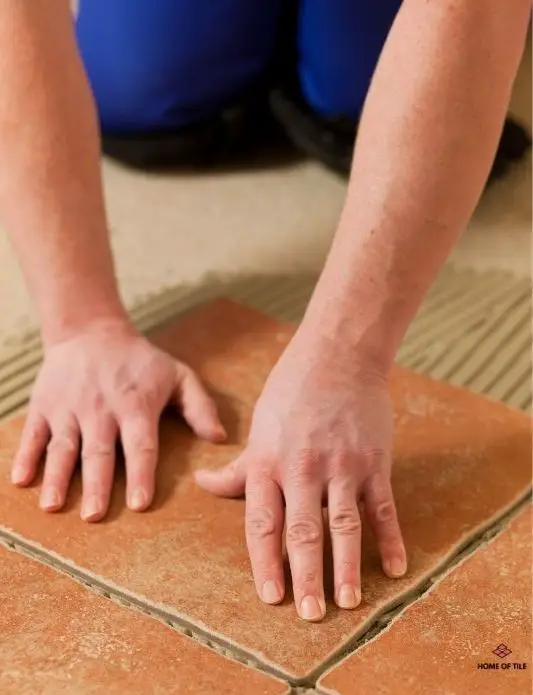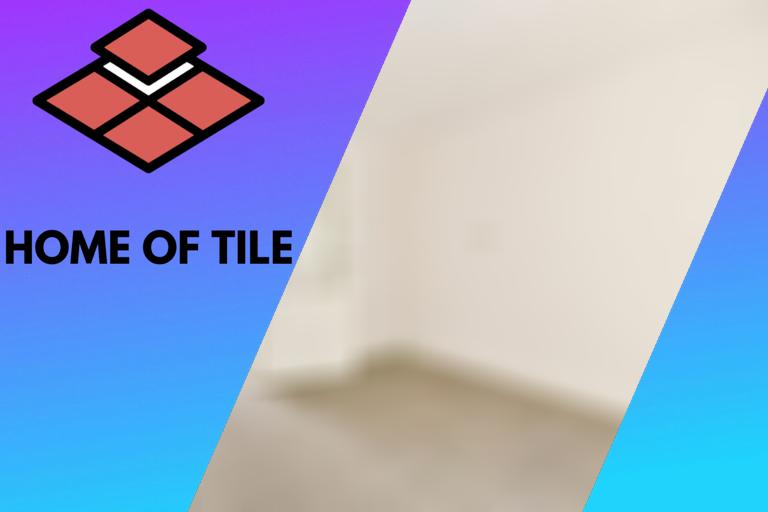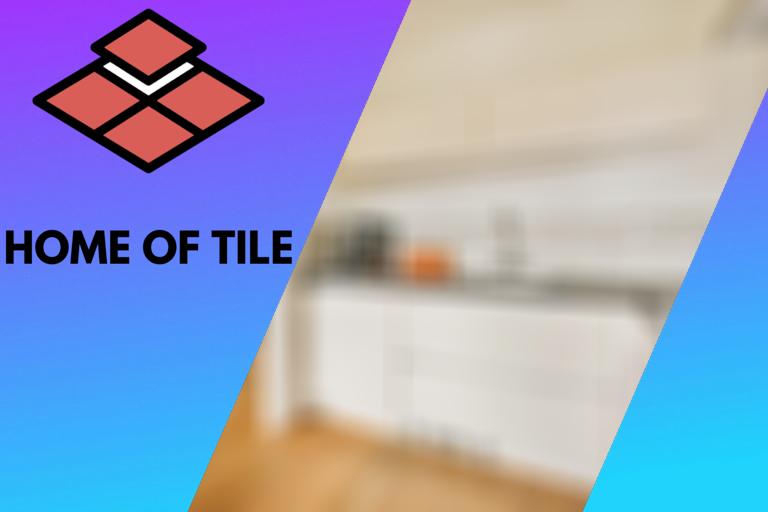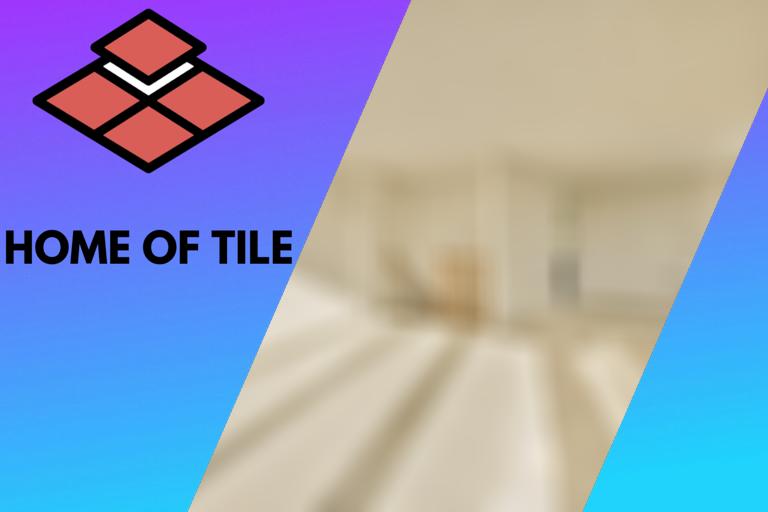Tiling on MDF or OSB: 6 Things You Should Know
Medium Density Fiberboard (MDF), similar to plywood, is mostly used in kitchen projects or rooms in the home. MDF boards with ½ inch or ¾ inch thickness are commonly available on the market. Similarly, Oriented Strand Board (OSB) is mostly used as a subfloor. OSB boards are available in a variety of sizes and thicknesses. Both MDF and OSB boards aren’t suitable for tile installation but can be used if necessary precautions are taken before tiling.
The main issue with these boards is that they are not waterproof; therefore, they aren’t rigid and expand when exposed to moisture, making the surface uneven. Also, they don’t absorb excess movement and deflate because of weight, resulting in cracks in the tiles.
This article will learn different methods to avoid issues when tiling on MDF or OSB surfaces and how to prepare these surfaces correctly for tiling. You will learn about sealing MDF surfaces to prepare them for tiling and then how to tile after proper preparations have been taken.

Contents
How to Seal MDF for Tiling
In general, before sealing the MDF surface, clean it from any dust and debris and fill in patches, to make the surface flat and smooth. Experts recommend acrylic sealant and weld bonds for sealing MDF surfaces. Apply the sealant on both sides, for the underside, apply 3 coats and for the outer side, apply 4 to 5 coats. Then wait for 24 hours to give the sealant enough time to dry.
Sealing MDF is an important step before tiling because it acts as a waterproof barrier that helps the adhesive hold the tiles securely. Therefore, it’s necessary to seal the MDF using a waterproof sealant to ensure its ability to be a waterproof barrier. Experts recommend acrylic sealants because of their waterproof nature. Weld bonds are another option that can be used as a sealant.
Sealing MDF surface is essential because there is always a risk of water damage occurring on the surface. Firstly, clean the surface and remove all the dust and debris before sealing it. Seal the MDF 24 hours before tiling. This will give the sealant enough time to dry before tiling and applying adhesive on the board. Fill any gaps on the surface and make it flat and smooth for the adhesive to work effectively. Then apply the sealant to the MDF board. It’s recommended to seal all the sides of the board.
Use 3 coats of sealant for the underside of the MDF surface and 4 to 5 coats for the outer side of the surface. Allow each coat to dry for 30 minutes before applying the next coat for the sealant to work effectively.
Tiling on an MDF Floor
Before tiling an MDF floor, it’s necessary to seal it to prevent moisture from getting to the surface after tiling. Ensure that the floor is screwed down well and stable, so there is no unnecessary deflation and movement. Using a backer board can help the stability of the floor. Use the Granfix Ultimateflex adhesive when tiling because it can also absorb the excess movement in the floor due to its flexibility. Then lastly, apply Granfix maxigrout flexible around the tiles.
It’s not recommended to tile on an MDF floor, as it doesn’t withstand weight and pressure well. However, depending on the condition of the floor, it can be done effectively as long as you follow the tips in this article.
Mostly MDF floors are not stable, which is why they deflate and flex with movement. This causes the board or the joist to bend whenever you apply pressure by walking on them. Water can be damaging to the MDF board because water causes the board to expand, making the tiles lift in places. That is why it’s important to seal the board before tiling adequately.
The first step in tiling the floor is detecting the deflation and movement in the floor. If your floor allows movement and is not stable after applying pressure, then use a backer board to stabilize the floor. Once your floor is stable, use Granfix Ultimateflex adhesive to apply the tiles to the floor. The advantage of using this adhesive is that it’s flexible, so it sticks to the MDF board very effectively and absorbs excess movement.
We are focusing on reducing excess movement in the floor because tiles are not flexible, and they cannot bear such deflation and will eventually crack under pressure. Carefully screw down the board along each joist to help reduce movement, then clear the dust and debris from the floor for the adhesive to stick and maintain a firm grip on the tiles. Once the floor is sealed, use Granfix Ultimateflex to adhere to the tiles. Complete the whole row, then repeat the same procedure for the whole surface. At last, apply Granfix maxigrout flexible in the gaps between the tiles.
Tiling on an MDF Wall
Tiling on an MDF floor is manageable, but it’s not recommended for wall tiling. MDF is made up of compressed wood fibers, which are mixed with different oils and resins. MDF is affected by heat. When exposed to drastic temperature changes, the tiles installed on the MDF wall are more likely to crack.
An MDF wall cannot be tiled if the wall is exposed to moisture or damp conditions. Before tiling, the MDF wall must be free of dust, oil, and grease. Also, the wall must be flat, smooth, and dry by filling gaps in the surface with plaster filler. If there is any paintwork on the wall, it must be removed to make the wall suitable for tiling.
If you have an MDF wall, you can use a backer board for installing the tiles on the wall. The backer board is screwed down on the wooden subfloor, using backer board screws and then mortared down with tile adhesive.
Firstly, apply the sealant on the wall, as discussed above, attach the painter’s tape over the joints to bear the flex and bend in the wall. Then, fix the baton from the center point to the end of the wall and spread the adhesive evenly over the wall. Place the first tile at the center and work your way along the wall completing the whole row. Use the plastic spacers to maintain an equal distance between the tiles, ensure that the tiles are evenly spaced, and the tiles’ joints are in line with each other. Then remove the baton, fix it under the bottom row and repeat the same process until the whole wall is complete. Cut tiles using a tile cutter to fit edges, remove the spacers and apply grout in the space between the tiles.
Tiling on Moisture Resistant MDF
Firstly, prepare the MDF surface by painting it with an oil-based wood primer. You can also use Schluter-KERDI, a membrane made of polyethylene. It’s a water-resistant membrane used for tiles and paver coverings. Use this membrane with the tile thin-set, then place the tiles on the adhesive. Also, apply the acrylic mastic between the grout lines before grouting. It will protect the MDF from moisture, ensuring the longevity of your project.
Moisture-resistant MDF works in the same way as standard boards, but they provide benefits in areas where the humidity level is higher than normal. Tiling on an MDF board isn’t an easy task. If your tile directly over the MDF without taking any necessary cautions, then after some time even the moisture-resistant MDF will become exposed to humidity. The adhesive won’t be able to hold the tiles securely.
Tiling on an OSB Floor
Not all surfaces with an OSB floor can be tiled. Before tiling, ensure that the surface is rigid and the joists are aligned. Maintain proper spacing at the panel ends and provide ventilation to avoid any moisture issues.
Tiling on an OSB floor requires careful attention, planning, and patience to ensure a good quality result. Before tiling the OSB floor, make sure that floor joists are level and the flooring system is rigid enough to bear the weight so that it can avoid cracking tiles. Also, try to maintain 1/8″ spacing at the panel ends to ensure that it can hold the expansion of the floor when there are changes in moisture level.
Before tiling an OSB floor, make sure that the joists are correctly fastened to the floor. Clear the dust from the surface, fill any gaps and provide a proper ventilation system to avoid any moisture issues. Use underlayment, cross bracing, and a thick subflooring panel to provide rigid flooring for the tile installation. The rigidity of the flooring can also be improved using adhesives at the joists. Now your OSB floor is ready for tiling, place the tiles on the floor using the adhesive and avoid putting any unnecessary weight on the tiles during the first 24 hours while they dry. This is to prevent cracking the tiles.
Tiling on an OSB Wall
Before tiling an OSB wall, first, you need to prepare the surface for tiling. Apply the primer on the wall to protect against moisture, then align the surface. Before tiling, make sure to use a high-quality adhesive that is flexible and can protect against the small deflations and bends on the floor. Now your wall is ready for tiling, so repeat the same process mentioned above and tile your wall.
Final Remarks
Through this article, you have learned different ways to tile the MDF and OSB surfaces, which can be quite difficult if you’re unprepared. Before tiling the MDF or OSB surface, you need to prepare it so that the tiles can withstand the test of time.
Firstly, before tiling, clean the surface completely and then prepare it for sealing. This is important to protect from moisture, which can cause the boards to warp and expand. Therefore, sealing the surface will act as a waterproof barrier, preventing moisture from causing damage. Then after you have taken measures to withstand unnecessary bends and deflations in the surface, you are ready to begin tiling.







